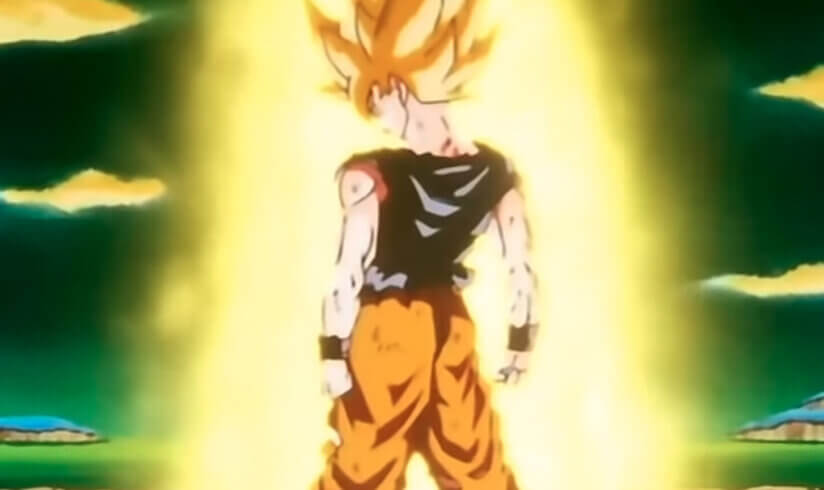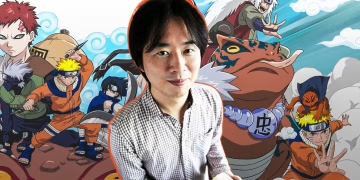Dragon Ball has significantly impacted the anime and manga world during its extensive tenure of over 30 years, with Son Goku consistently proving to be a formidable competitor. A recent interview has revealed that Dragon Ball played a role in ending one of Weekly Shonen Jump’s biggest hits, Kinnikuman. Although it wasn’t the sole reason for the manga’s conclusion, Dragon Ball contributed to co-creator Takashi Shimada’s decision to end the series.
In an interview with Weekly Osakanichinichi, Shimada delved into the factors behind Kinnikuman’s end. He highlighted three main reasons: personal health issues, fan pressure, and Dragon Ball’s overwhelming success. Shimada struggled with chronic back pain, which affected his ability to continue the demanding work of manga creation. Additionally, mounting pressure from fans added to the stress, pushing the creators to reconsider their position.
Dragon Ball’s Triumph Prompted Kinnikuman to Step Down, Reveals Insider

The third and decisive factor was Dragon Ball. Shimada explained the harsh reality of Weekly Shonen Jump’s serialization policies, where taking a break could result in immediate termination. During a brief hiatus taken by Shimada and co-creator Yoshinori Nakai to recuperate, Kinnikuman’s position in the Shonen Jump rankings slipped. In its absence, Dragon Ball quickly rose to the top, and upon Kinnikuman’s return, it could not reclaim its former status.
By May 1987, Shimada and Nakai faced significant discouragement due to Kinnikuman’s decline in the face of Dragon Ball’s dominance. This led them to consider concluding Kinnikuman. Shimada shared that despite having a one-year contract from Shueisha, which provided financial stability, the fan perception was that they weren’t producing enough work.
Nakai, who had a family to support, suggested leaving Jump to work for other magazines. Shimada expressed concern about Nakai’s decision but ultimately, Nakai emphasized the importance of maintaining their presence as manga artists.

Despite Kinnikuman’s initial end, the story didn’t stay down for long. Dragon Ball continued to lead Weekly Shonen Jump for many years, but Shimada and Nakai found ways to keep their work alive. In 1998, they launched a sequel to Kinnikuman under Weekly Playboy, staying connected to their beloved series. By 2011, Shueisha invited the pair to resume work on Kinnikuman, allowing them to revive the action comedy for a new audience.
While Dragon Ball’s success contributed to Kinnikuman’s early end, the creators managed to adapt and revive their series. Shimada and Nakai’s resilience ensured that Kinnikuman continued to entertain fans, proving that even in the face of formidable competition, a beloved story can find new life.




